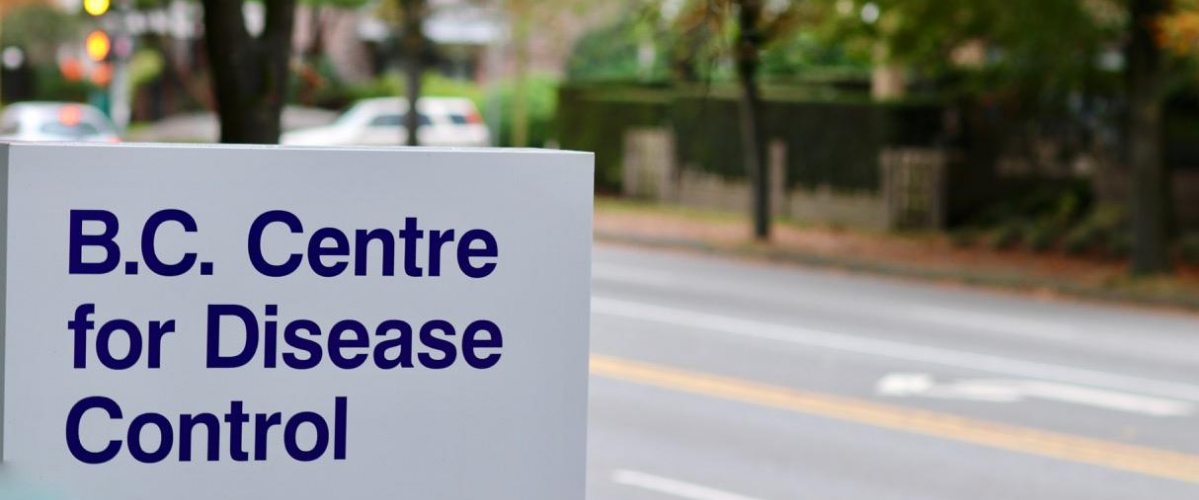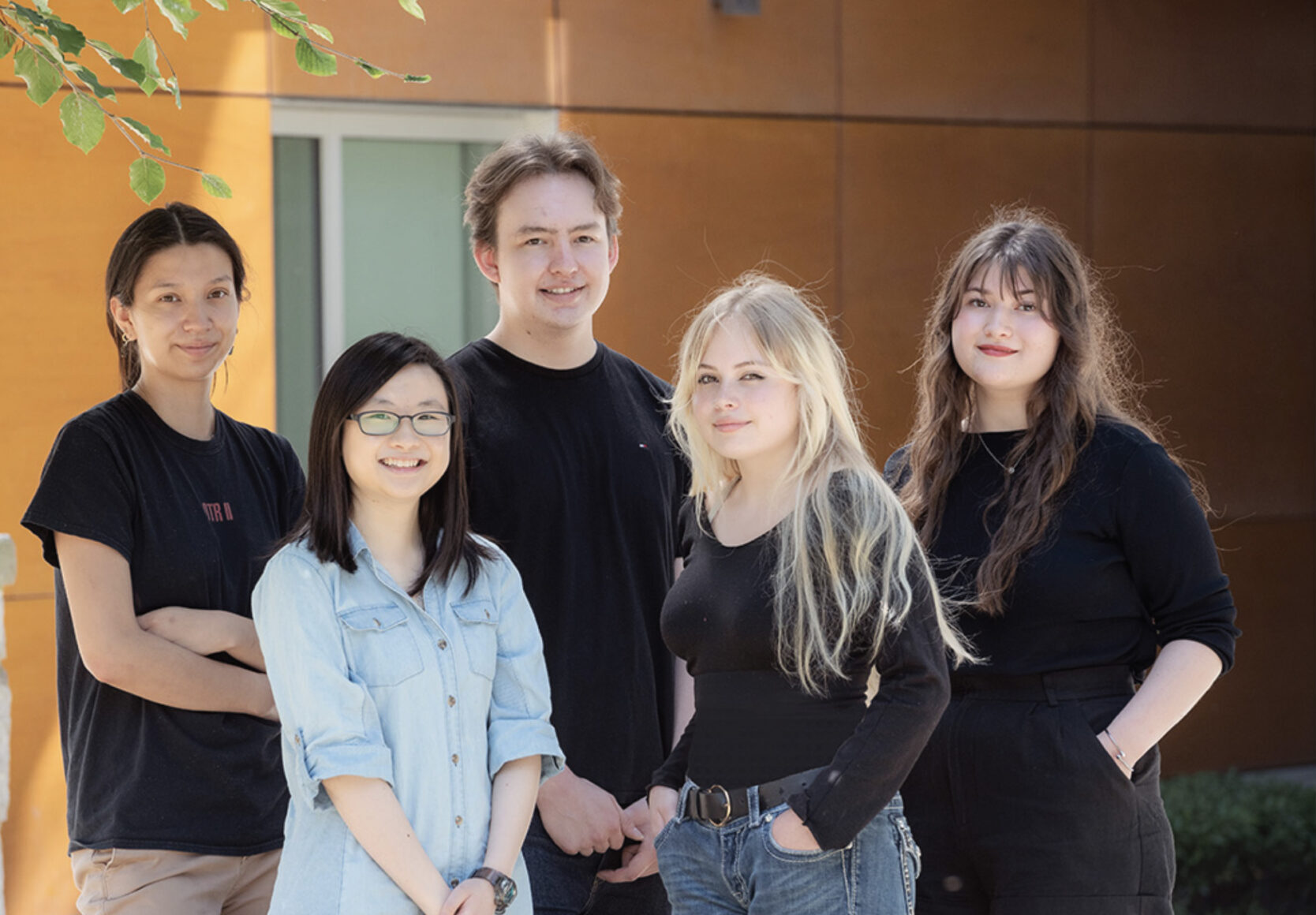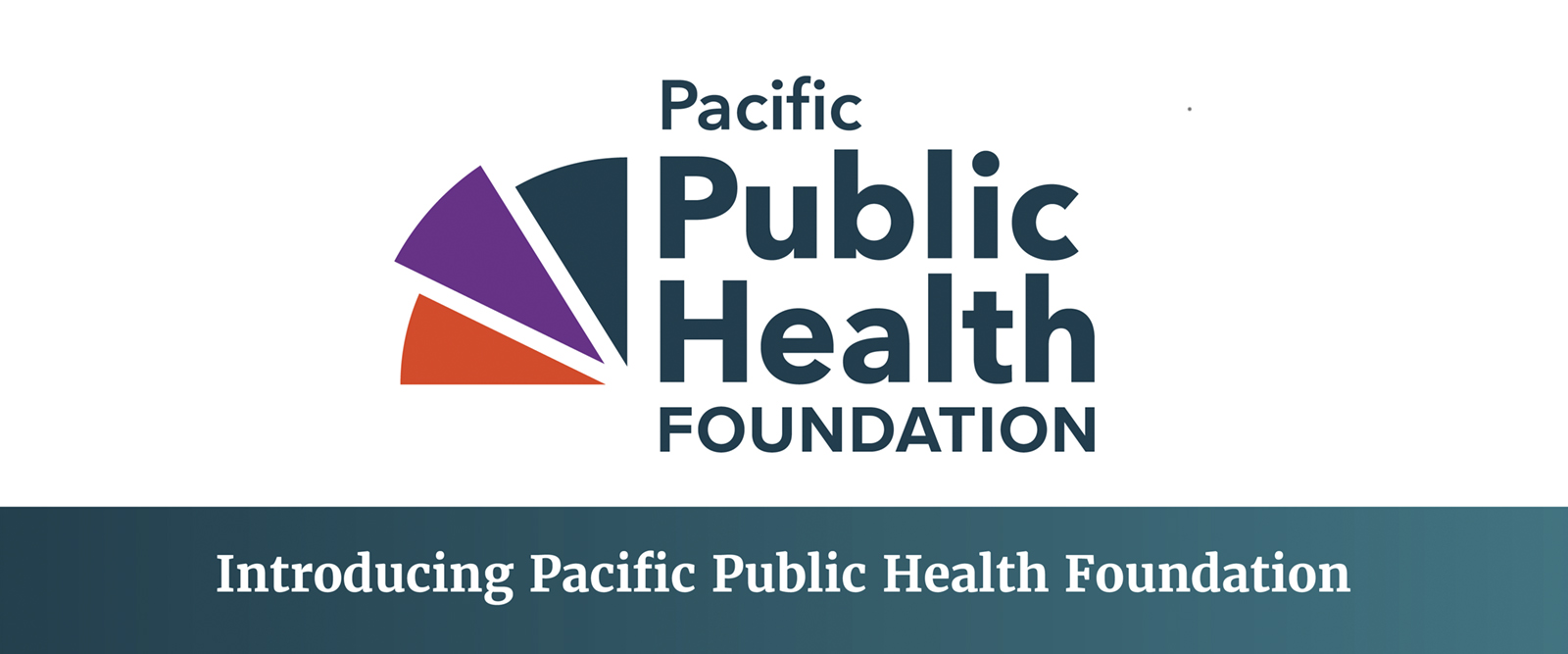The BC Centre for Disease Control has a lead role in our public health response to the COVID-19 pandemic. With the help of our donors, our Emergency Response Fund is supporting one project in particular led by Dr. Jat Sandhu and Dr. Réka Gustafson.
This pandemic response research takes a three-phased approach that includes a population health survey, serological testing, and sentinel surveillance. We spoke with Dr. Sandhu to learn more about the vital importance of his research and the what it will mean for BC’s population.
Q. Your COVID-19 research that we’re able to support through our Emergency Response Fund includes the population health survey, serological testing, and sentinel surveillance: why is this three-pronged approach the best way to proceed?
We are experiencing a continuing global spread of SARS-COV2 (the virus that causes COVID-19) that will require heightened coordinated public health surveillance and response activities for the foreseeable future. As this core work continues, there remains a number of unanswered questions on the efficacy of interventions; adverse consequences from public health measures; whether having experienced the infection affords any protection from re-infection; and, whether there are opportunities to identify earlier signs of community transmission.
My work at the BC Centre for Disease Control is to lead this three-pronged investigation. We will examine these issues and provide some of the key information necessary to guide policy and planning decisions over the short-to-medium term response activities. These policy and planning decisions are aimed at keeping British Columbians safe and healthy.
All British Columbians have been impacted by the pandemic and have been very engaged on the progression of the local epidemic. Our approach is intended to further engage the public in supporting the response by informing the pertinent issues under consideration.
Q. What was a standout learning or piece of data from the BCCDC’s “Your Story, Our Future” population health survey that’s really stuck with you?
The results from the population health survey indicate that overall British Columbians have been very compliant with the measures in place and have adopted good personal preventive practices to limit exposure and spread of COVID-19. However, the results also reveal that these measures are having adverse consequences for British Columbians, in particular young adults, households with school-aged children, and those from some visible minority backgrounds.
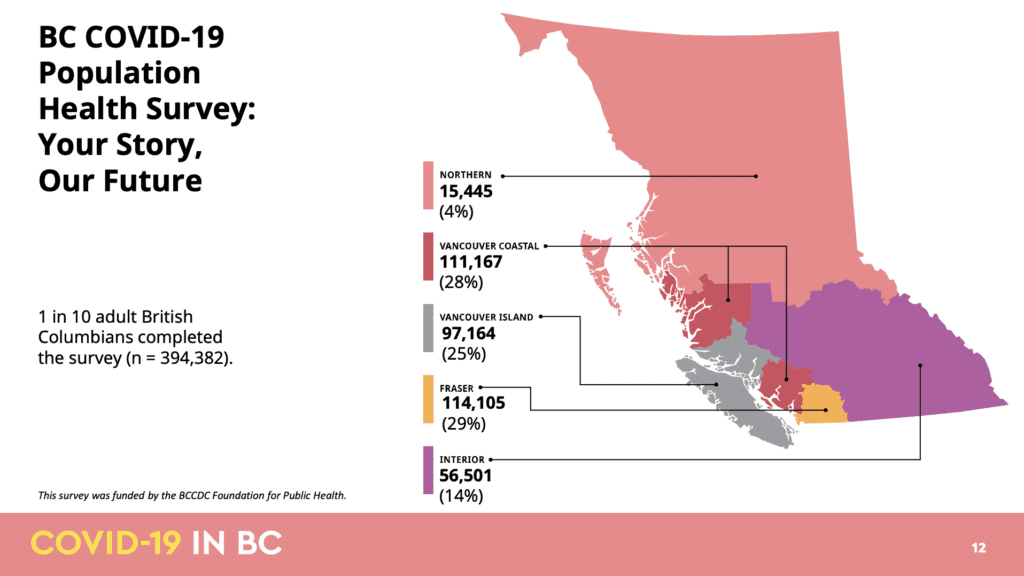
Q. What do you hope to achieve from serological testing? What do you want to learn and how will that help protect our population?
Serological (antibody) testing is conducted to help understand if someone has contracted COVID-19. When we’re exposed to a new virus our immune system produces antibodies which help fight off infections and can provide protection against getting that disease again—this is immunity. Serological, or antibody tests, tell us about a past infection and cannot be used to diagnose a current infection.
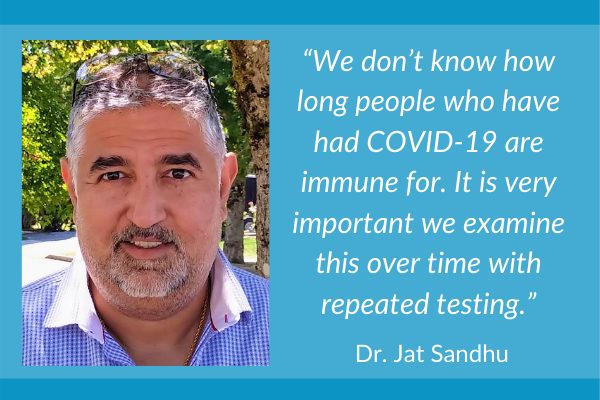
We use serological tests to understand the extent to which a population has been infected with COVID-19; it provides information on population susceptibility and the potential for the virus to continue to propagate in the absence of an effective vaccine.
Secondly, it may help us understand which population sub-groups have had more exposure to COVID-19. Understanding how specific sub-groups are impacted, like households with children, can guide prevention efforts which allows us to better target possible chains of transmission in the community.
Thirdly, we don’t currently know how much protection the antibodies for COVID-19 may provide to subsequent infections or how long this protection may last. In other words, we don’t know how long people who have had COVID-19 are immune for. It is very important we examine this over time with repeated testing in the short to medium term.
Q. “Surveillance” sounds scary. What does the third phase of this work, sentinel surveillance, actually mean and how will it help?
Surveillance is the monitoring, or information gathering, to help better characterize a particular health condition. Public health regularly uses surveillance to keep track of many different communicable diseases. However, most information is captured after an individual experiences an illness and has a diagnosis.
“Until an effective vaccine is developed and widely distributed, we have to rely on a public health response of keeping transmission low.”
Sentinel surveillance provides an opportunity to seek out COVID-19 illness at an earlier stage by monitoring self-reported symptoms within a defined setting (for example, households) across British Columbia’s population. With appropriate technology to distinguish relevant symptoms, it can provide an efficient and early warning system of potential increase in community transmission.
Q. Why do research? Why not just develop a vaccine?
COVID-19 is caused by a novel pathogen that has emerged with significant global consequences, and there is much around its transmission, adverse physical health impacts, and immune response we are still trying to understand. Vaccine development typically requires years of safety and efficacy trials before it is approved for general use at scale.
Until that time, we need to maintain focus on the core public health response of testing and tracing, which are essential steps to suppressing community transmission. The more effectively and quickly this is done, the better we prevent the escalation of localized cases into broader community transmission that may result in greater burden on the health care system.
Until an effective vaccine is developed and widely distributed, we have to rely on a public health response of keeping transmission low, and our research will indicate the best ways of doing that for our population.
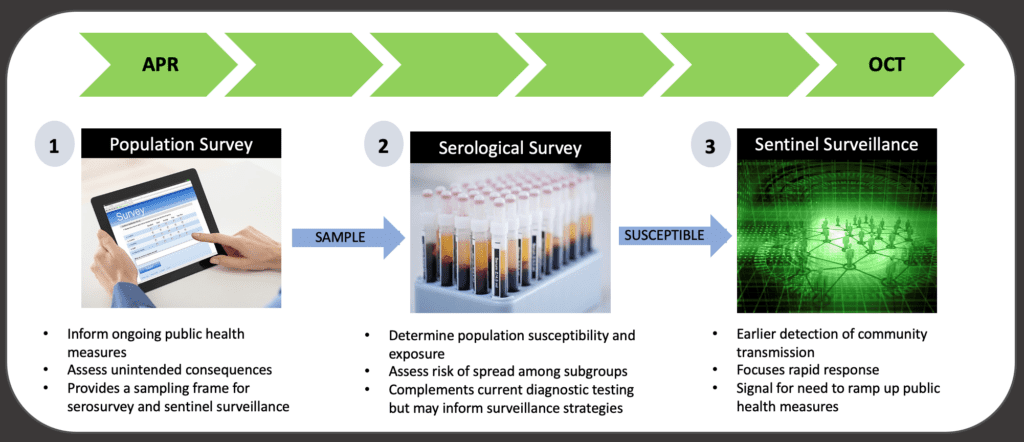
Q. How does your work, and the work of the BCCDC, fit into the larger response in BC and align with the Ministry, the health authorities, and what other experts and researchers are doing? What piece of the puzzle is the BCCDC bringing to this work?
Our provincial collaboration is critical to public health. Working together ensures we have the greatest collective impact. Public health leadership across BC includes the BCCDC, the Provincial Health Officer, and the Chief Medical Health Officers who have the responsibility for carrying out legislated requirements under the Public Health Act and to monitor, assess, and advise on health in BC. It is this leadership group who are actively providing critical tactical and strategic guidance for managing the public health emergency and part of this role is providing key direction that guides this project and associated work.
This leadership group also allows us to bring together information from all the relevant experts that support public health practice and applied research in BC. This ensures decisions are based on available data, such as the survey results, emerging research and the best evidence.
BCCDC is a critical hub in this larger response effort; from testing to research to providing guidance on public health direction for the PHO, BCCDC’s leadership and experts are an invaluable resource for not only this project but for so many of the public health efforts currently underway to keep British Columbians safe.
Dr. Jat Sandhu is a Consultant in Epidemiology & Population Health Management at the BC Centre for Disease Control, and Clinical Associate Professor at UBC’s School of Population and Public Health. Dr. Sandhu has been seconded to the BCCDC part time from his primary role at Vancouver Coastal Health as Executive Director for Data Analytics and Decision Support.
View more of the population health survey results, and BCCDC modelling updates here.
You can support Dr. Sandhu’s research and the BCCDC’s public health response to COVID-19 by donating to our Emergency Response Fund. We’re more than 80% of the way to our goal of $500,000. Donations will support the serology and sentinel surveillance phases of this work.
